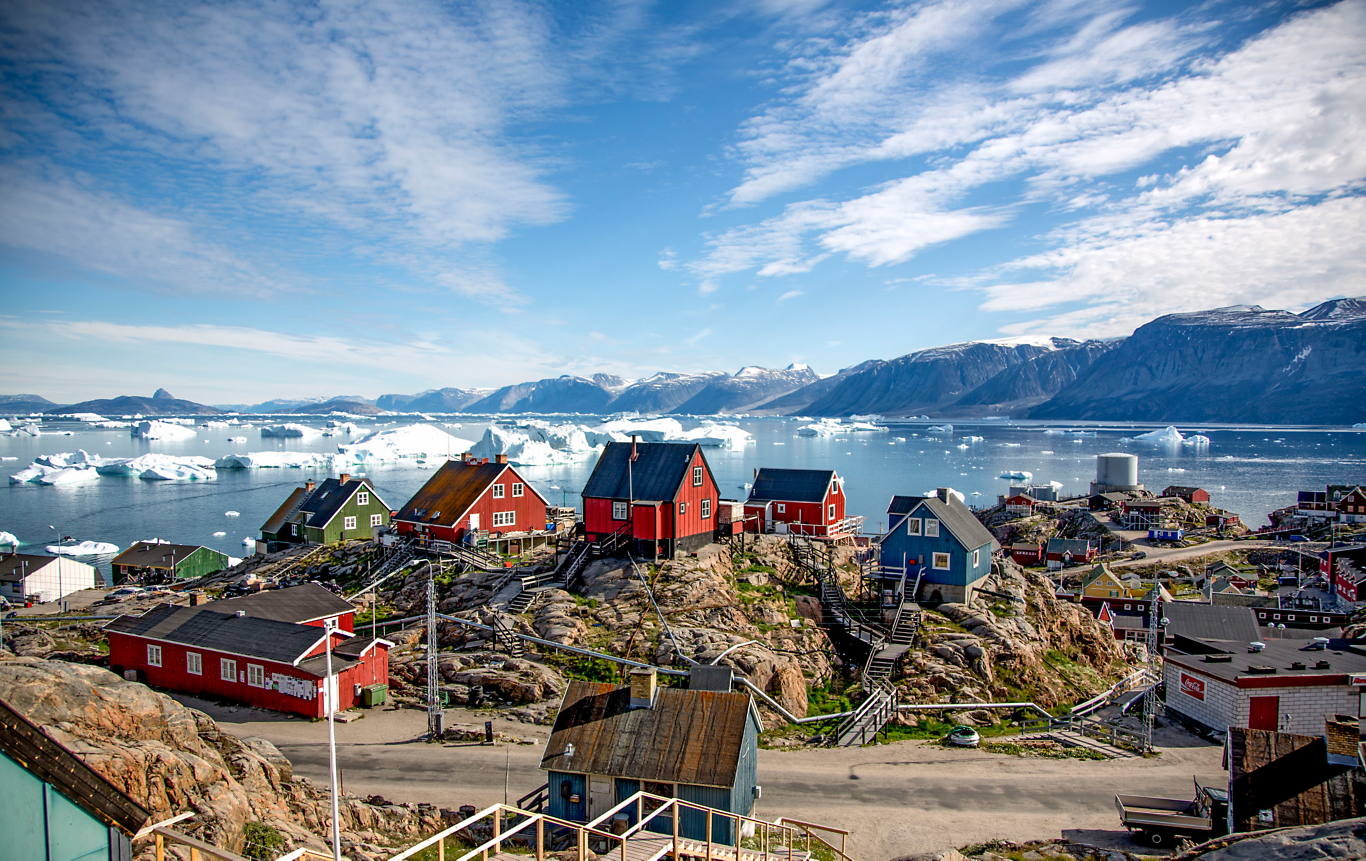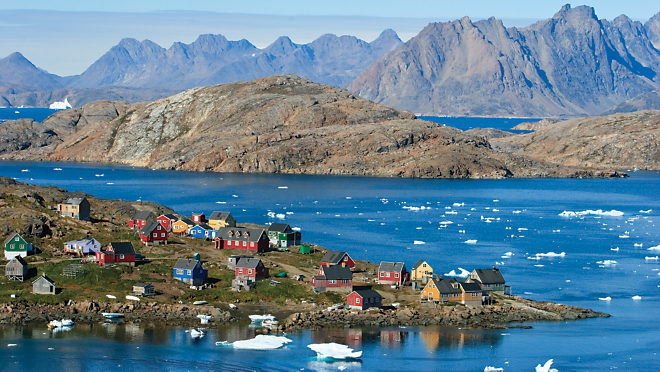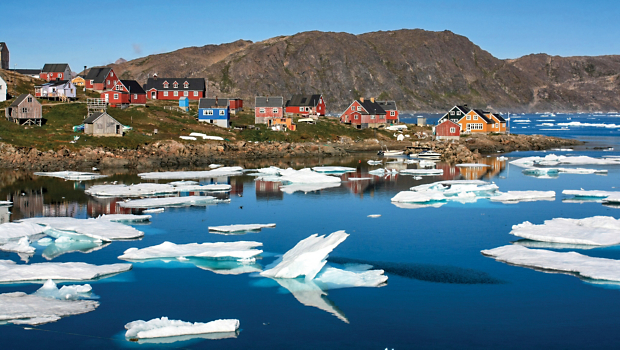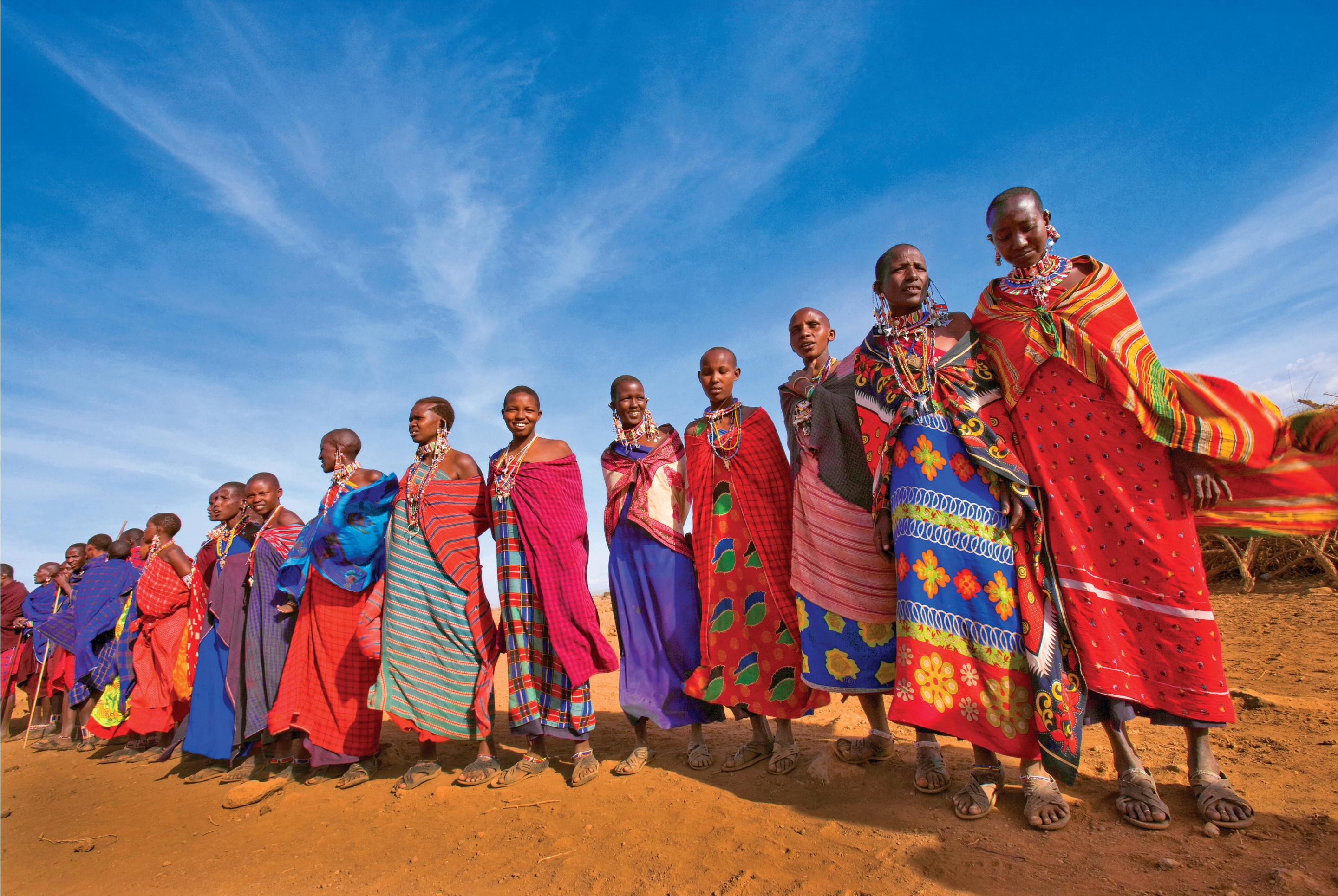You’re receiving this message because your web browser
is no longer supported
We recommend upgrading your browser—simply click the button below and follow the instructions that will appear. Updating will allow you to accept Terms and Conditions, make online payments, read our itineraries, and view Dates and Prices.
To get the best experience on our website, please consider using:
- Chrome
- Microsoft Edge
- Firefox
- Safari (for Mac or iPad Devices)

greenland
Your FREE Personalized Greenland Travel Planning Guide
Your FREE Personalized Greenland Travel Planning Guide is on its way
Want to continue learning about Greenland? Return to our Greenland destination page.
Go Back To GreenlandPlease note: To complete your registration, check your email—we sent you a link to create a password for your account. This link will expire in 24 hours.
Compare Our Adventures
Find out more about the adventure, including activity level, pricing, traveler excellence rating, included meals, and more
Spend 4 days in Greenland on our
Post-trip Extension
Greenland's Natural Splendor & Inuit Culture
Greenland's Natural Splendor & Inuit Culture

Adventure Details
Add Adventure
including international airfare
per day
*You must reserve the main trip to participate on this extension.
**This information is not currently available for this trip. Please check back soon.
You may compare up to Adventures at a time.
Would you like to compare your current selected trips?
Yes, View Adventure ComparisonGreenland: Month-By-Month
There are pros and cons to visiting a destination during any time of the year. Find out what you can expect during your ideal travel time, from weather and climate, to holidays, festivals, and more.
Greenland in June-September
The summer months are the most popular time of year to visit this Arctic destination, as melting ice and thawing snow give way to green lands blanketed by blooming wildflowers. Enjoy long hours of nearly endless sunlight as you approach the Arctic Circle, while Greenland’s fertile southern regions play host to reindeer, Arctic hares, musk oxen, and other native wildlife come to graze on the lush vegetation that has emerged. Long days and warmer temperatures also offer more comfortable opportunities for outdoor exploration, including nature hikes and waterborne excursions to the glaciers and icefields that make Greenland’s scenery so unique.
Holidays & Events
- June 21: Greenland’s National Day. On the longest and sunniest day of the year, Greenland’s people celebrate their unique cultural identity with music, speeches, and festivals all across the island.
Must See
Summer is an ideal time for bird watchers, as hundreds of species—including the Arctic tern—travel north to nest for these sunny, warm months. Whales, too, begin their long migration back to Greenland’s coasts during the summer season.
Greenland in October-November
While darkness begins to return to this Arctic region, these autumn months still have discoveries to offer the adventurous traveler. Greenland’s peak whale watching season continues into October, offering opportunities to spot humpback, minke, bowhead, and other mammoth marine creatures in the waters of the southern coast. Local foliage also explodes into brilliant autumn colors, with shades of red, yellow, and green coloring the landscape. As winter looms ahead, local people take the opportunity to stock up on supplies, as hunters keep the wildlife population in check, and foragers pick berry bushes clean to produce handmade jams and preserves.
Must See
Autumn is the first opportunity to see the northern lights, the dazzling natural light show that fills the Arctic night sky with ethereal waves of green.
Greenland in December-March
Winter is Greenland’s most challenging season, as snow and ice blanket the landscape, and the sun appears for only a few hours per day (or, in regions above the Arctic Circle, not at all). However, rewards await those adventurous enough to travel here, as the dark winter skies offer the best opportunity to view the aurora borealis, or northern lights. Greenland’s long winter nights and great expanses of unsettled wilderness, unaffected by light pollution, offer travelers the best chance to see this breathtaking natural phenomenon. Winter snows also provide locals and visitors with ample opportunity to go dog sledding, which serves as both a popular local sport and mode of transportation.
Holidays & Events
- Mid-January: The Return of the Sun. For those who live in settlements above the Arctic Circle, January marks the first sighting of the sun in weeks, and locals celebrate with friends and family as our earthly star returns to banish the polar darkness.
Must See
The northern lights are easiest to spot during the long nights of winter. All it takes is patience and clear skies—the notoriously fickle aurora are liable to appear at any time and fade just as quickly.
Greenland in April-May
Spring is Greenland’s shortest season, but it brings a spirit of light and rejuvenation to the Arctic island, as melting snow gives way to the first blooms of wildflowers and other tundra vegetation. Greenland’s northernmost settlements begin to experience the midnight sun—the Arctic phenomenon which features 24 hours of daylight—as early as April, while the last remains of ice and snow still offer the opportunity for dog sledding, snowshoeing, snowmobiling, and other winter sports (often at a cheaper, off-season rate).
Must See
Greenland’s scenery is truly unique during the spring season, as channels of meltwater created by the newly-arrived sun carve the landscape into otherworldly formations of ice and snow.
Average Monthly Temperatures
High Temp Low Temp
Greenland Interactive Map
Click on map markers below to view information about top Iceland experiences
Click here to zoom in and out of this map
*Destinations shown on this map are approximations of exact locations
Kulusuk

The remote mountainous island of Kulusuk is the gateway to eastern Greenland, and is a prized destination in and of itself for adventure-seekers. The only signs of civilization on the island are a small airport, a hotel, and a settlement of less than 300 people. Indigenous traditions thrive here, with hunting and fishing serving as the main economic activities. Many locals also choose to supplement their income with businesses catering to the travelers that pass through, including kayaking, drum singing, and other cultural shows, as well as the sale of handcrafted tupilaks—animal bones carved into the shape of vengeful monsters—as memorable souvenirs.
Kulusuk offers ample opportunities to admire eastern Greenland’s natural beauty—Apusiaajik Glacier is located on an adjoining island just across the water to the northeast, while the surrounding seas are filled with floating icebergs that have broken off from the Arctic Sea to the north. Hikers can climb to the top of Isikajia Mountain, where from an elevation of nearly 1,000 feet, panoramic views of icy wilderness await; or, for a different type of adventure, the island’s airport offers helicopter rides for a breathtaking view of the arctic surroundings.
Explore Kulusuk with O.A.T. on:
Nanortalik

With a population of around 1,300 people, Nanortalik is Greenland’s tenth-largest settlement, and was founded in 1797 as a trading depot, taking advantage of the surprisingly fertile terrain of this southern region of Greenland. Its name translates to “Place of the Polar Bears” in the indigenous Inuit language, although your odds of seeing one today are quite low. Visitors to Nanortalik will, however, encounter a community of friendly people, who live in a loose cluster of brightly-painted wooden houses, eager to share their culture and traditions.
Nanortalik also serves as a base of exploration for discovering the area’s natural beauty. Southern Greenland is surprisingly lush, featuring green grasslands blanketed by purple and yellow wildflowers, juxtaposed with the stark grey mountain peaks that jut out of the surrounding sea. Travel to the nearby Qinngua Valley for a hike in Greenland’s only natural forest, or test your mettle against Tasermiut Fjord, whose strong arctic current and sheer cliffs offer a challenge to adventurous kayakers and rock climbers. Or ride a Zodiac amidst the glistening icebergs that bob in the seas surrounding the island.
Explore Nanortalik with O.A.T. on:
Nuuk

With a population of just around 17,000 people, Greenland’s capital boasts dueling superlatives—it is simultaneously the largest city in Greenland and one of the world’s most sparsely-populated capitals. Unlike some of Greenland’s other settlements, designed to cater to passing tourists, Nuuk is a modern working city, offering a glimpse into the real day-to-day lives of the people who call this arctic region home. Nuuk is walkable and compact; visitors can explore the entire city on foot, taking advantage of opportunities to shop for locally-made goods, or taste gourmet cuisine in the city’s restaurants, featuring locally-sourced ingredients like fresh-caught fish, local produce, and musk ox meat. The city also boasts a number of museums, showcasing the history, art, and culture of Greenland, from its earliest settlement to the modern day.
Nature lovers will be spoiled for choice as well—head out into the wilderness to enjoy opportunities for back country skiing, snowshoeing, and hiking. Or, climb aboard a boat for a waterborne tour of Nuuk Icefjord, the second-largest fjord system in the world.
Explore Nuuk with O.A.T. on:
Disko Bay

Located on the island’s western coast, Disko Bay is one of the most popular attractions in Greenland. The star of the show is the Ilulissat Icefjord—UNESCO World Heritage Site. This gorgeous waterway is filled with so many majestic icebergs that you can only see them all from the air; however to truly appreciate them, it’s best to descend to sea level for an up-close look aboard a fishing boat or other small craft. Icebergs aren’t the only draw here—the waters are also home to diverse species of whale, allowing for up-close encounters with minke whales, narwhals, or possibly even the massive humpback whale. The Ilulissat Icefjord is also watched closely by climate scientists, as the impact of rising global temperatures on this natural wonder offers a preview of the fate that awaits the remainder of the world’s ice caps over the coming decades.
Other experiences are available in Disko Bay, as well. Discover the unique landscape of Disko Island whose surprisingly fertile volcanic soil offers a unique contrast to the icy landscapes that dominates the rest of Greenland. Additional outdoor adventure options include kayaking in the waters around the town of Aasiaat, hiking the heart-shaped mountain of Uummannaq, winter dog sled excursions, and more.
Experience Disko Bay with O.A.T. on:
Kangerlussuaq

Situated at the inland end of a 100-mile long fjord, Kangerlussuaq is the location of Greenland’s busiest airport. While most travelers only pass through on flights to or from this arctic island, those who choose to stick around for a while will be rewarded with a bevy of outdoor adventures.
Kangerlussuaq is the gateway to two of Greenland’s most fascinating natural wonders—to the east, travelers can reach the Greenland Ice Sheet, the massive body of ice that covers 80% of Greenland’s landmass. While the ice sheet is inhospitable to permanent settlement, it offers an incredible view to hikers who come to visit on a day trip—some even choose to camp overnight on the ice itself.
To the north, travelers will find Aasivissuit-Nipisat, an Inuit hunting ground that has been recognized as a UNESCO World Heritage Site. For thousands of years, locals have preyed upon the reindeer, musk oxen, polar foxes, and other arctic creatures that thrive here to support their way of life. These animal populations still frequent the area today, making it an ideal destination for wildlife enthusiasts. Those bold enough to travel to Kangerlussuaq in the colder months will enjoy ideal conditions for viewing the Northern Lights, which can be seen clearly here beneath the pristine winter sky.
